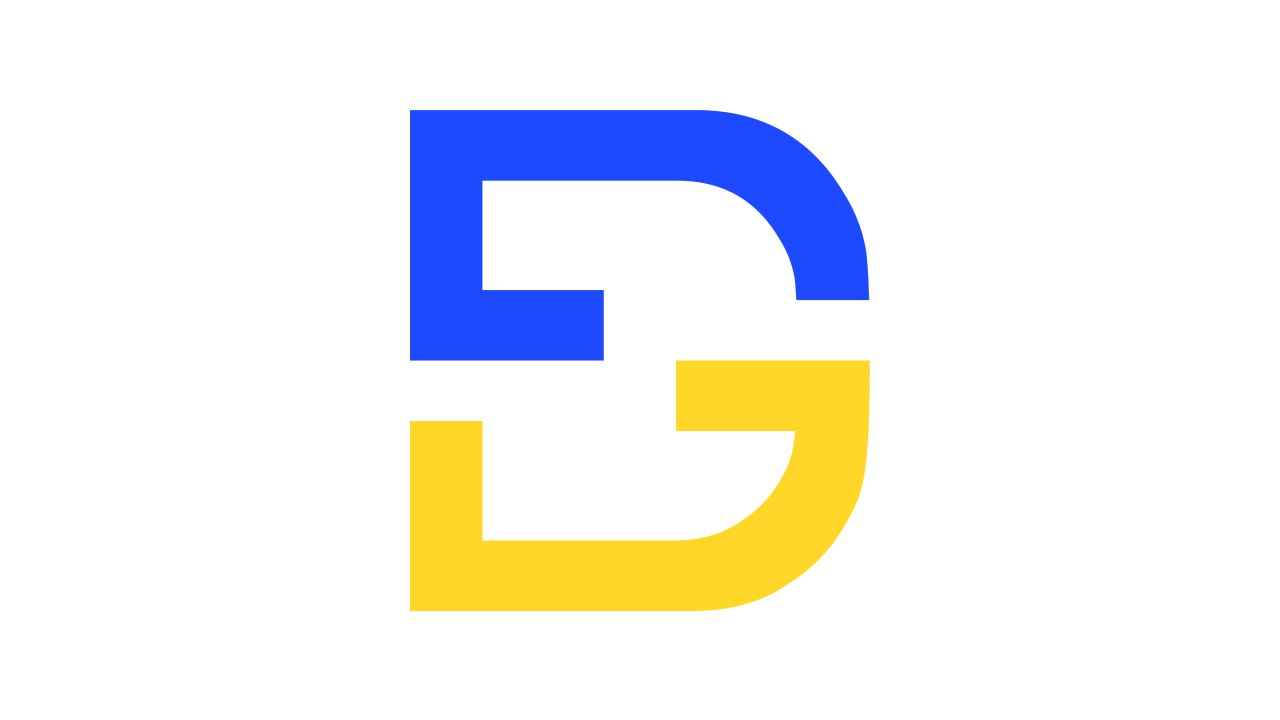With new Web3 projects making headlines daily, distinguishing oneself within the blockchain space means more than developing a unique concept. Capturing the attention of users and investors alike requires addressing real needs and solving real problems.
NEAR has made its mark by integrating advanced technology with a bold approach. Initially created by co-founder Illia Polosukhin as a platform to advance AI, NEAR shifted focus upon realizing blockchain could effectively address the challenges of incentivizing AI contributors.
This shift, coupled with NEAR’s alignment with advanced tools and practices like chain abstraction, data availability, and sharding, has raised an intriguing question: Is NEAR truly innovating the space, or is it capitalizing on popular trends?
Recently, leading global venture and Web3 investment firm DFG shared an investigative research report titled “NEAR Blockchain: Riding Trending Narratives or Market Leader?” It examines NEAR’s role as a market leader and how it is successfully shaping the future of blockchain and AI.
“NEAR distinguishes itself in the blockchain ecosystem through its high-performance architecture that thrives under stress, offering a strong foundation for developers,” says James Wo, Founder and CEO of DFG. “Its modular design and ongoing innovations in chain abstractions simplify cross-chain transactions, allowing dApps and users to navigate the ecosystem easily. We also strongly believe in its AI incubation program, which is working to foster the future of AI on its platform while giving developers a place to grow.”
DFG’s report unpacks NEAR’s infrastructure, uncovering how the platform’s advancements genuinely distinguish it from other competitors in the industry. The highlights of the report’s findings include:
- Strategies addressing issues of scalability and interoperability
NEAR designed its infrastructure to address two critical challenges: Scalability and interoperability. At the core of NEAR’s strategy is its Nightshade Sharding, which splits the blockchain into smaller, manageable pieces known as shards. This approach allows for an independent transaction process, which boosts the network’s throughput. Initially, NEAR’s setup of four shards facilitated 3,000 transactions per second. However, with ongoing enhancements, NEAR aims to expand it to 10 shards by the end of the year, increasing its capacity by 50 percent to accommodate growing demand.
Regarding interoperability, NEAR has developed a modular architecture that simplifies cross-chain interactions. Its Data Availability (DA) layer, Multi-Party Computation (MPC) technology, and integration with Ethereum through Aurora highlight NEAR’s commitment to creating a cohesive, cross-chain, and user-friendly experience. The DA layer, for example, ensures fast data access and process, which is necessary for high-transaction environments. NEAR’s Super Fast Finality Layer (SFFL) supports cross-rollup transactions, enhancing its appeal for developers working on similar applications.
- Enhancing efficiency with chain abstraction
NEAR solves blockchain fragmentation by enhancing chain abstraction to unify user experience across different blockchains. This approach improves liquidity, user experience, and interoperability, enabling seamless interactions across multiple chains.
NEAR’s FastAuth key management system simplifies account creation and recovery by allowing users to manage their accounts using email addresses. Additionally, NEAR’s integration of MPC technology through Chain Signatures enhances the security of cross-chain transactions, allowing users to engage with various blockchains without the hassle of managing multiple seed phrases and wallets.
- NEAR’s ongoing traction
The NEAR ecosystem has grown substantially, particularly in stablecoins and Total Value Locked (TVL). Since mid-2023, NEAR’s stablecoin market capitalization has increased, reflecting a positive market sentiment. The combined TVL of NEAR and Aurora, a smart contract on NEAR, surged from $55 million to $230 million, indicating a threefold increase year-over-year. Key platforms such as Burrow and Ref Finance have contributed to this growth, with Burrow’s lending programs and Ref Finance’s decentralized exchange activity driving substantial activity.
Staking has also emerged as a growing category within NEAR’s ecosystem, with platforms like Allstake adding considerable value. This highlights NEAR’s role in creating multi-chain experiences and enhancing the functionality of the DeFi landscape.
- NEAR is committed to its AI focus
Beyond technological advancements, NEAR is also heavily invested in its AI developments. The NEAR AI x Horizon (HZN) Incubation Program exemplifies its commitment by supporting emerging AI projects intersecting with blockchain technology. In its first cohort, the program provides six projects with equity-free mentorship, technical assistance, and guidance to help developers scale their innovations.
The equity-free model allows AI projects to focus on refining their projects without the need to give up ownership. With alumni raising over $20 million, the program highlights NEAR’s goal of bridging AI with decentralized technologies.
When asked about blockchain integration with AI, Wo added: “Blockchain’s ability to generate significant amounts of transaction data provides a strong resource for training AI, allowing for more accurate insights for price predictions, security analysis, and more. By integrating blockchain with AI, we are opening up opportunities for decentralized models owned collectively, reducing the risk of manipulation by a centralized party that could manipulate its AI model to produce censored outputs.”
NEAR Protocol does not just participate in trends— it has become a leader in shaping the future of blockchain and AI. By aligning its technical capabilities with strategic initiatives, NEAR is promoting success in the Web3 and AI sector.




